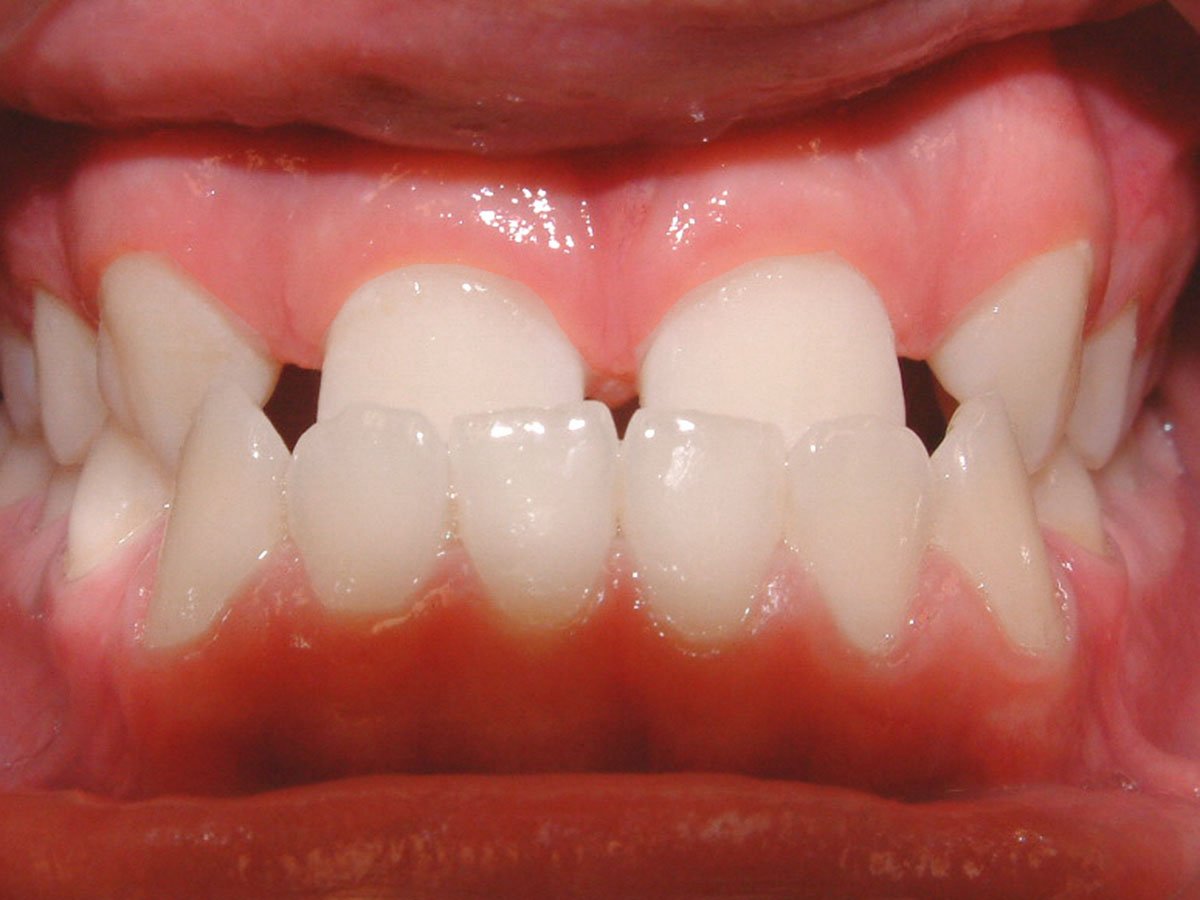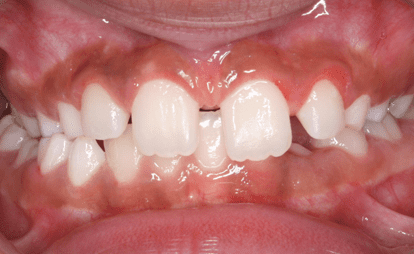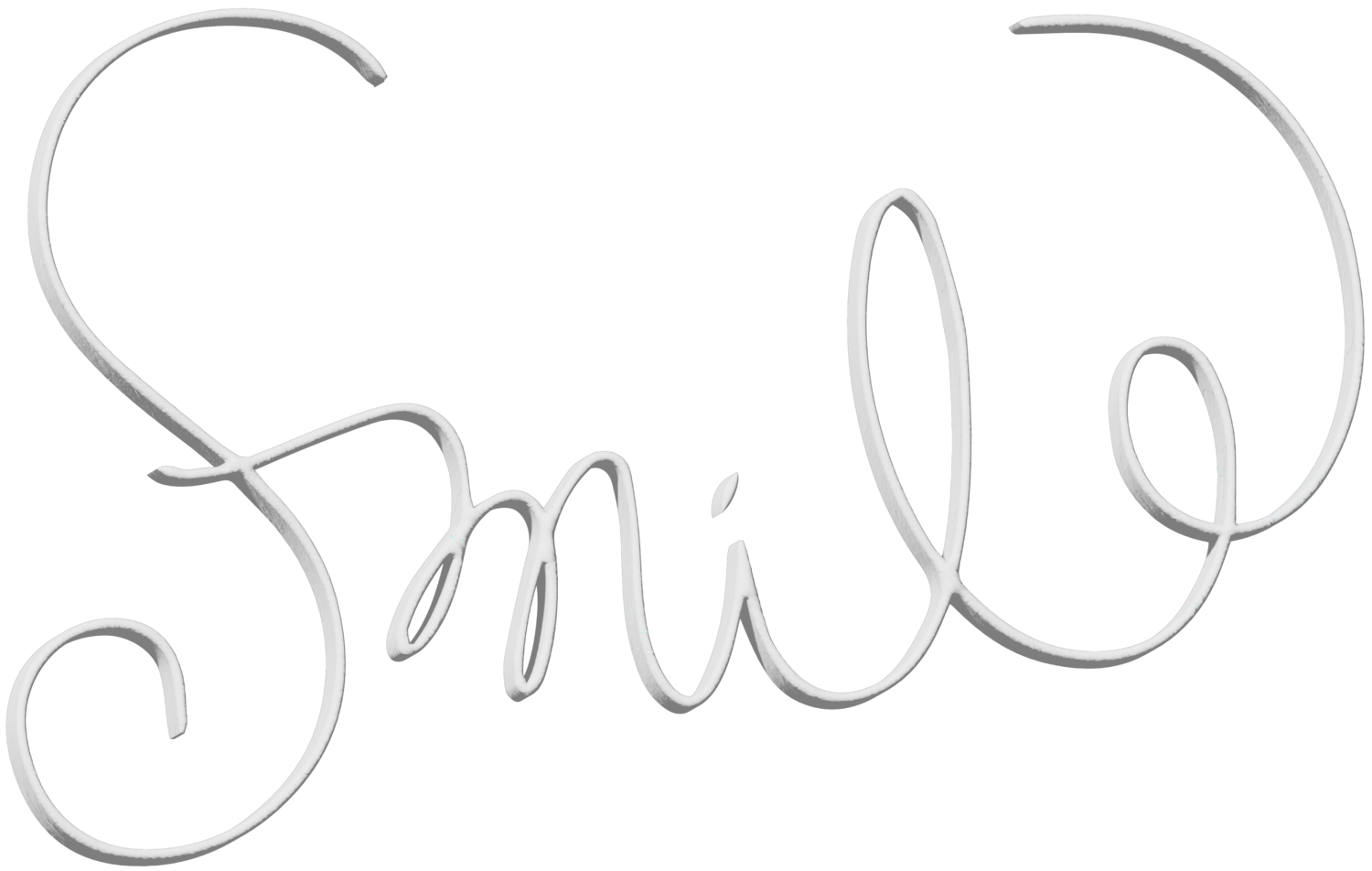Orthodontic Care
Your Go-To Guide
GUIDE ONE - WHAT TO DO IF...
-
A wire can cause irritation. Using a pencil eraser or a Q-tip, gently push the wire away from the irritated area. If the wire can’t be tucked under, cover the sharp end with a small piece of wax, a cotton ball, or a piece of sugarless gum. Then contact us to schedule an adjustment ASAP.
Try to reinsert the wire with a pair of needle-nosed pliers or tweezers. If the wire isn’t sticking into your flesh, place a piece of wax over the end. If the wire is sticking into your flesh and wax doesn’t help, contact us for an adjustment ASAP. If professional help isn’t immediately available, you may want to try this as a last resort: using a small wire cutter or toenail clipper, trim the end as closely as possible to the back of the last brace.
-
The brace usually remains connected to the main wire by its clip or a small rubber colored ring. If the brace flips around the wire and creates irritation, use eyebrow tweezers to reposition the brace. Then contact us for advice about next-steps.
Save the piece and contact us to schedule a repair visit.
-
No need to do anything until the morning of your appointment. Floss a piece of sterilized rubber band where the spacer was, and and leave in place until you arrive at your appointment. We will remove it for you.
-
Remain calm! This should move smoothly into the stomach and pass out of the body in a bowel movement. However, if you experience difficulty breathing, you should seek immediate medical attention. X-rays should be taken to determine the size, location and potential threat posed by the swallowed piece. Please notify us, so we can replace the missing part.
-
Remove the retainer from your mouth and bring all the pieces to our office for professional repair. Do not wear pieces as they may be distorted and move your teeth negatively.
-
Contact us as far in advance as possible to reschedule. Advance notice makes it possible for another patient to see Dr. Sheridan during your time slot.
If our office isn’t open when you call, please leave your name, phone number and a brief message on our answering machine. We’ll follow-up with you ASAP.
My teeth are sore!
Tenderness is a good sign: your teeth are moving! The more you can use them the quicker the soreness goes away. In the meantime, take Aspirin, Tylenol or ibuprofen (unless you’re allergic) as needed based on your weight. It can also be soothing to rinse your mouth with a teaspoon of salt dissolved in a cup of warm water.
GUIDE TWO - FAQ
General Questions
-
An orthodontist is a dentist who specializes in diagnosing, preventing and treating dental and facial irregularities. Only 6% of dentists are allowed to go on to study orthodontics which requires several additional years of advanced education in the diagnosis of malocclusions, the identification of the problems to solve and then the design, installation and management of various corrective devices. After becoming an orthodontist, you can take additional testing and presentation of cases to become Board Certified (a Step Beyond).
-
Most problems are inherited, but some are the result of accidents, illness or habits (such as thumb sucking and pacifier dependence). Regardless of the cause, many problems involve not only tooth alignment, but also facial development and appearance.
-
Braces shouldn’t stop you from enjoying life to its fullest. However, you may need to make some temporary adjustments. For example, if you participate in contact sports, Dr. Sheridan can recommend a protective mouth guard. And if you play a musical instrument such as the trumpet, you’ll need to experiment until you adapt.
-
Yes. When you lose a tooth, adjacent teeth drift into the empty space. Your teeth may not look good or function properly, and your gum health may decline. We can prevent or correct these problems. Furthermore, we can restore proper alignment, so your dentist can replace your missing teeth.
Adult Patients
-
No, age isn’t the key. Instead, it’s the health of your gums and underlying bone. In fact, we can correct many adult problems just as easily as we treat children.
-
Adults who didn’t benefit from early orthodontic intervention may face a more complex treatment regimen than children. That’s because:
• Jaws are no longer growing
• Gums and bone supporting their teeth may be damaged or diseased
• Teeth many be worn, damaged or missing from years of neglect
However, although adults pose unique challenges, advancements in orthodontic techniques and technologies make it possible for almost anyone of any age to enjoy a healthier, happier smile.
Understanding Treatment Strategies
-
This aims to minimize or avoid some severe orthodontic problems through early intervention. It typically starts at about age 7, when a young patient’s first few permanent teeth have grown in. Phase I Treatment takes advantage of the early growth spurt and turns a difficult orthodontic problem into a more manageable one. It reduces the need for extractions or surgery, and provides better ongoing treatment options and long-term results. Most Phase I patients also require a Phase II Treatment to achieve an ideal bite.
-
Early intervention is appropriate only for certain problems, such as cross bites, crowding and skeletal defects. Other problems can wait until most or all the permanent teeth are in place.
-
Phase II Treatment usually begins at age 12 or 13, after 20-28 permanent teeth are present. Its goal is to help Phase I patients achieve an ideal bite that will serve them well as adults.
-
This is another name for orthodontic treatment of permanent teeth. It’s used when a Phase I treatment wasn’t performed.
-
Extraction therapy is a technique where some teeth are removed to make room for the others. This contrasts with non-extraction therapy, where a patient’s jaw is expanded and/or teeth are shaved to create sufficient room.
Common Orthodontic Problems

Underbite

Crowding

Overjet

Spacing

Openbite

Overbite
“Dr. Sheridan was really nice and professional and took her time answering our questions. The office is new and clean, the staff friendly, and I was in and out on time. Great experience!”
— Roya T.



